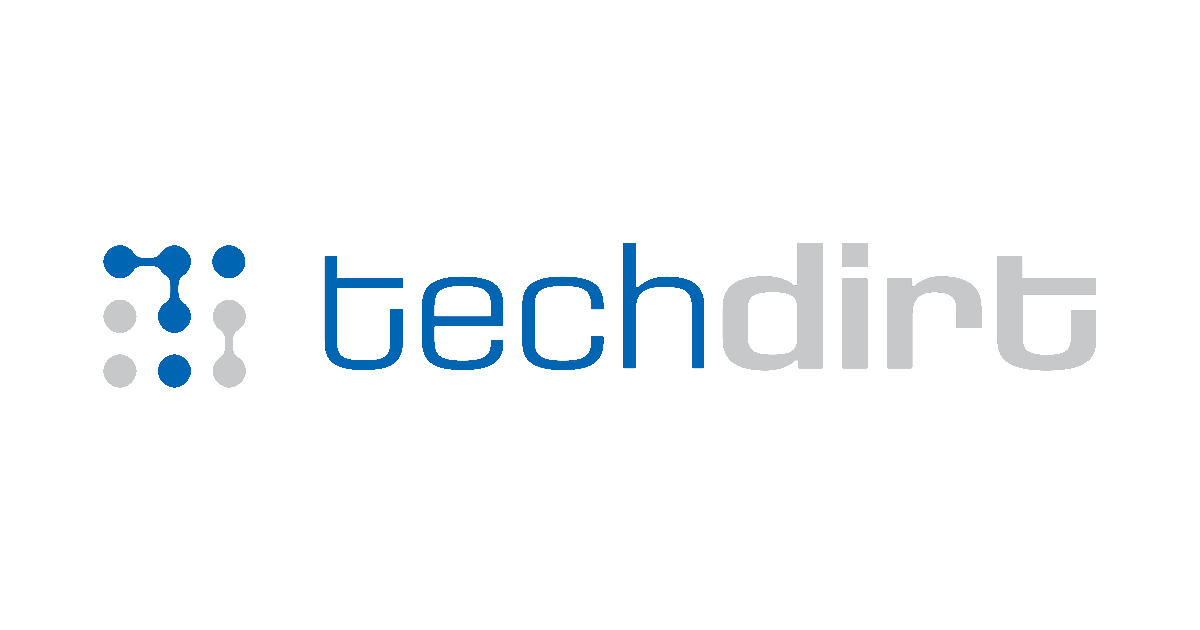

We’ve noted for decades how, despite all the political lip service paid toward “bridging the digital divide,” the U.S. doesn’t actually have any idea where broadband is or isn’t available. The FCC’s past broadband maps, which cost $350 million to develop, have long been accused of all but hallucinating competitors, making up available speeds, and excluding a key metric of competitiveness: price.
You only need to spend a few minutes plugging your address into the FCC’s old map to notice how the agency comically overstates broadband competition and available speeds. After being mandated by Congress in 2020 by the Broadband DATA Act, the FCC struck a new, $44 million contract with a company named Costquest to develop a new map, just unveiled for the first time in November.
The new map has a useful feature: it lets third parties challenge the FCC data. And with more than $42 billion in federal subsidies on the lines, states are challenging the FCC’s data in droves. Colorado, New York, and Vermont have all filed complaints stating that the FCC’s data misrepresents, or just entirely omits, data at hundreds of thousands of locations.
In Vermont, for example, state officials say their own data indicates that a whopping 18.6 percent of state residents still lack access to any broadband whatsoever. The FCC’s new and updated broadband map claims that just 3 percent of state residents lack access to broadband, a huge disparity. Much of it caused by the FCC overstating the availability of wireless broadband access:
“From our initial analysis, we feel that wireless coverage in particular is vastly overstated,” says Rob Fish, deputy director at the VCBB, in part because it doesn’t take into account mountains, trees, and other obstructions that block transmission in many locations. He also says the board is checking the map’s claim that many people with slow DSL internet are receiving 25/3 Mbps speeds. The map also shows coverage in locations where ISPs don’t currently offer high-speed service but say they will soon. In many of those neighborhoods, he says, “evidence being gathered on the ground may suggest a different story.”
After releasing its biggest mapping update in agency history last November, the FCC only gave states until January 13, 2023 to challenge the data. That’s clearly proving to be not enough time to get it right, and the Senate Commerce Committee has written the FCC asking it to extend the challenge deadline an additional 60 days:
The legislators cited some examples where the FCC maps don’t jive with a Microsoft analysis of where broadband is and isn’t, and are clearly troubled by the disparity. For example, they say, in Washington state, 60% of the residences and businesses in one town on Tribal lands were missing from the FCC map, while in Mississippi, the state broadband office says a “tremendous amount” of addresses were missing in “high-growth” areas.
Frustrated by decades of FCC apathy and incompetence, many states spent millions of dollars to map broadband access themselves. And many state leaders have told me the FCC hasn’t really been making full use of that data. Some states, like Texas, say their arrangements with their own mapping companies have created additional roadblocks in working with the FCC’s chosen vendor, Costquest.
Keep in mind this is all occurring while incumbent monopolies do everything in their power to ensure that the coming historic wave of broadband funding created by the Biden infrastructure bill goes into their pockets, and not to creative competitive alternatives. This has involved lobbying for restrictive new state laws, or filing costly, onerous challenges against anybody who applies for a broadband grant.
(One small aside: it remains amazing to watch Republican lawmakers, who lament all government spending as “socialism,” trip over themselves to grab federal telecom subsidies only created by an infrastructure bill they voted against. Then pretend they came up with the plan).
To be clear, this is all a significant improvement from our previous mess. The FCC’s at least embracing a greater variety of crowdsourced and third-party data. And Congress forced the agency to eliminate a hugely problematic FCC methodology that declared an entire census block “served” with broadband if a regional monopoly claimed it could deliver broadband to just one home in that block.
So we’re seeing progress, but it’s still a convoluted process, and incumbent monopolies, as usual, are going to have a disproportionate impact on where money winds up. The majority of this incoming money is already being gobbled up by cable giants like Comcast, leaving a growing roster of creative cooperatives, municipalities, and utilities (many eagerly expanding access to locations those monopolies have refused to serve) out of luck.
While improvements have been made, every step of this process still tends to favor entrenched monopolies. They’re still being allowed to overstate coverage, conflate advertised speeds with available speeds, avoid even mentioning pricing data, and file costly grant challenges against the growing number of municipalities, cooperatives, and city-owned utilities disrupting their dominance.
While any progress is great, it’s important to remember that decades of important federal telecom policy was based on terrible data. And it remains fairly stunning that we’ve spent an estimated $400 million on mapping broadband and we’re still making these kinds of mistakes in 2022, decades after broadband became not just mainstream, but an essential utility.






More Stories
Will County, Illinois 1864 Map – May 20, 2023 at 04:14AM
This kid on Google Map trying to get by – April 27, 2023 at 05:05PM
World of Hyatt: Complete list of all-inclusive properties in Europe (with map) – April 27, 2023 at 04:57PM